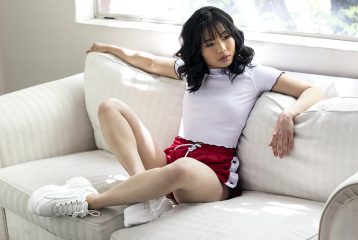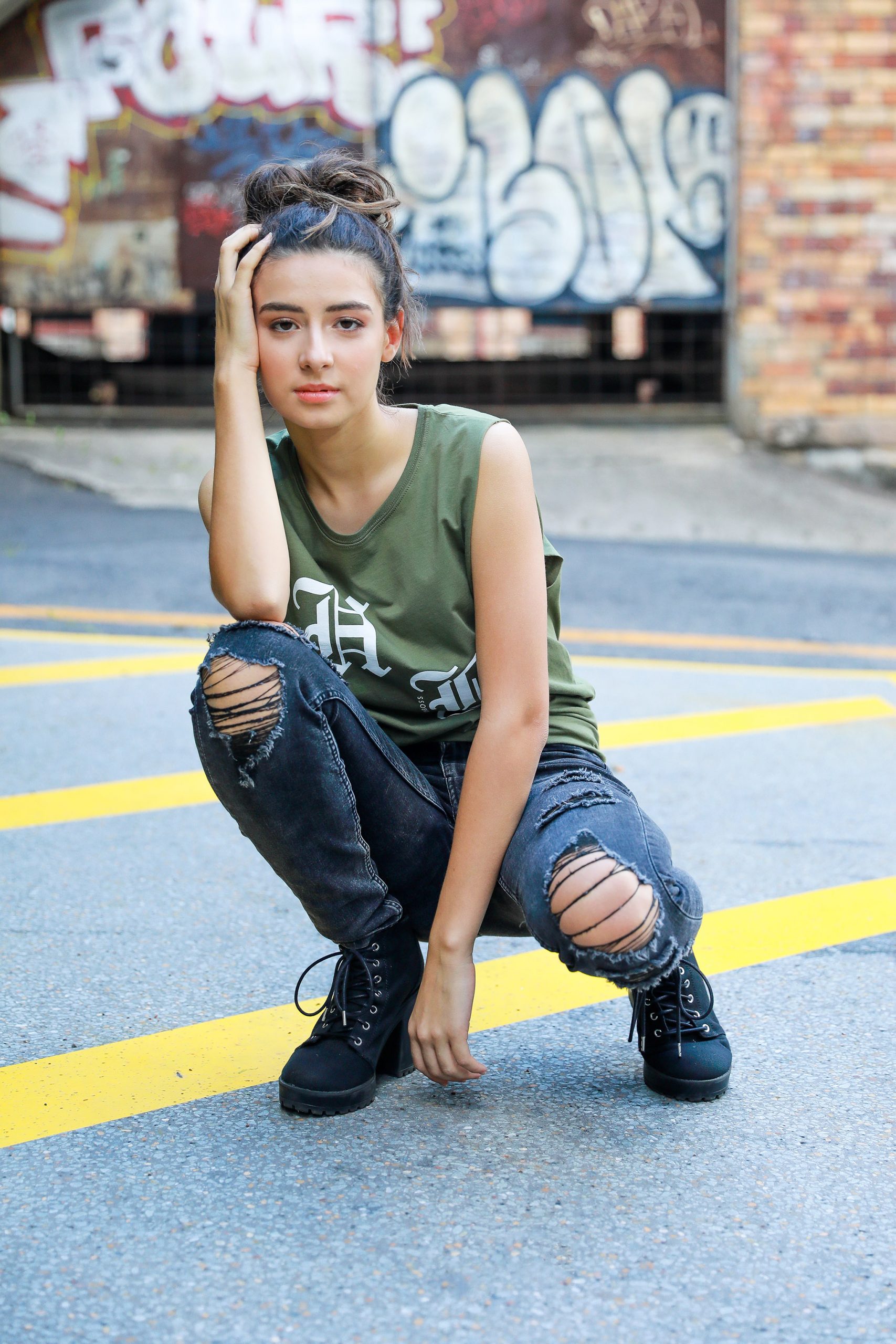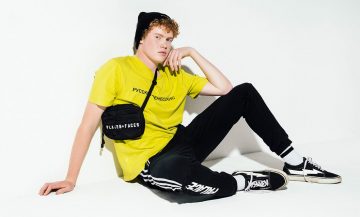The Beginner's Guide to Product Photography
If a picture deserves a thousand words, a spectacular product photo is worth a thousand site visits. Although I don't have information to support that declaration (yet), product photography can be incredibly useful to your ecommerce internet site technique.

To reach your target market participants that prefer buying online, you additionally require to give your audience clear, appealing photos of your products.
However product photography isn't as simple as aiming as well as firing. Even one of the most standard products need the correct devices, lighting, and space to generate beautiful photos that offer consumers right from the acquisition web page.
6 Product Photography Tips ( as well as Examples) for Taking Photo That Market
Right here are the pointers, instances, as well as materials you'll require to effectively photo and also market your items in a manner that makes your site visitors and also potential customers want to convert.
1. Don't hesitate to use your mobile phone's electronic camera.
This is the part where I'm supposed to convince you to invest in a high-end, 50-megapixel (MP) video camera with a 100-millimeter screw-on lens. However I'm not mosting likely to do that.
If you already own a video camera that fits this summary, make the most of it. But for several types of products, it's entirely appropriate to shoot product pictures on a smart device.
More recent mobile phones boast effective cam lenses as well as settings that permit you to maximize your shots for the different kinds of light and environments you may fire in.
If you require extra convincing, simply check out Apple's Shot On An iPhone project as well as the pictures that have actually arised from it for many years such as this:
2. Fire from a tripod for photo consistency.
Prior to discussing tripods, I'm obligated to start with a principal regulation: Don't prop your phone against something durable to intend your lens toward the topic.
It's just too very easy for this makeshift configuration to move around throughout the shoot as well as cause incongruities in your photos' appearance. If you relax your video camera on, state, a stack of books, simply make certain this setup doesn't change over the course of the shoot.

There's no damage in holding your cam yourself when firing just a few product photos for your ecommerce web site. But as your company grows, and you take much more photos of more products, it can be difficult to systematize the product's positioning in each photo when shooting handheld.
To guarantee uniformity throughout your products, you'll need a tripod. And also thankfully, acquiring one isn't always the big, industrial-sized financial investment it made use of to be.
Right here are two types of tripods to consider.
Standard vs. Versatile
This is a tradition tripod-- there are typical tripods available for both electronic cameras as well as smart devices.
A flexible tripod can be manipulated in a number of means. You can flex its legs and put it on different surfaces to obtain the angle you need.
Mobile Hold
There's frequently a screw on the top of your tripod which connects to your video camera to hold it in place. The bottom of most professional-grade video cameras has a screw opening just for this purpose, but smart devices can use the adhering to adapter:
The adapter grips the sides of your smartphone as well as can screw into either kind of tripod, permitting you to operate the cam controls with the phone screen dealing with external and toward you.
As soon as you figure out which install you'll need, establish it up in front of your product, and also think about putting three pieces of tape on the ground to mark where you would love to keep each leg of your tripod over the course of the shoot.
3. Choose all-natural light or synthetic light.
Never underestimate exactly how specific sorts of light can enhance (or impede) your product photography. Keep in mind, customers get the best consider an item personally, where they can see everything they require to before buying. The best lighting arrangement helps you reveal those crucial decision-making product functions when all website site visitors need to go on is a photo.
A single lights configuration may not help every product-- a illumination arrangement that works for some products might damage the look of others.
There are 2 sorts of light you can choose as your major light source: all-natural and also artificial light.
Natural Light
All-natural light refers to sunshine-- basic as that. It's likewise called "soft light" since the sunlight casts a bigger, softer series of light than, say, a light radiating directly on the product. Ecommerce product shots prosper in natural light if:
The product is shot outside or suggested to be used outside.
The product is used by, worn on, or shot with a person ( individuals often tend to look far better in natural light).You're attempting to emphasize the product's environments, rather than particular characteristics of the product.
Here's an instance of a shot making use of natural light:
Fabricated Light
Fabricated light includes candles, fire, as well as much more typically, light bulbs. It's also referred to as " tough light" because it produces a smaller sized yet extra focused light surface. This kind of light deals with products with physical details that require to be highlighted to excite an Lighting Techniques on the internet consumer.
As a basic policy, stay with simply one sort of light per photo-- all-natural or artificial. Adding all-natural light to an unnaturally lit photo can soften a product that's suggested to festinate, and adding fabricated light to a normally lit photo can hone a product that's implied to look soft. You don't want to get in your very own method.

4. Fill up or bounce your light to soften darkness.
Whether you make use of all-natural light or synthetic light, you'll require to decrease the shadows that any type of potential difficult light casts on the contrary end of a product.
There are 3 methods to do this:
Load Light
Include one more, less-intense source of light to supplement your primary light. This additional light is called your fill light and also is made use of as a counterbalance to soften the all-natural darkness your main light generates behind an things.
To do this, put your fill light contrary your primary light so your product sits between both lights.
Flashbulb Bounce Card
A bounce card, or reflector card, is a small card that "reflects" or "bounces" the main light back onto the surface under your product to reduce shadows.
Some bounce cards attach to the flashbulb of a professional video camera lens to diffuse the light from the cam's flash. This card splashes a softer light onto the subject from over your collection-- rather than directly at it-- so you don't have long darkness trail behind the item you're shooting.
Standalone Bounce Card
If you're firing from a smartphone, a flashbulb bounce card isn't an choice, considering that you do not have a physical flash you can connect it to. Rather, make your very own standalone bounce card positioned contrary your major light source.
For newbies to product photography, this bounce card can properly replace your fill light, which counters the difficult light from the camera flash or light that's facing toward the front of your product.
5. Utilize a sweep or portrait setting to stress the product.
There isn't one best means to position your product, lights, as well as jump cards-- they can change drastically depending upon your history. Yet do not choose a history based on what's easiest to produce. Histories need to appear like just how you want your customers to view your product when seeing it online.
Think about initially whether you 'd like a white background or a extra dynamic, real-world history. There's an simple means to accomplish every one.
White Background: Move
For white histories, it's not as basic as setting up a table versus white drywall. Also smartphone video cameras can pick up little acnes on a white wall that you wouldn't notice with the nude eye. To record a excellent white history without any corners or blemishes, utilize a sweep.
A move is a big flexible sheet of paper, whose lower serve as the surface beneath your product and after that contours up into a white wall behind the product.
On cam, the move's curve is unnoticeable, emphasizing essential product details as well as allowing the item to own every one of a internet site visitor's interest.
Real-World Background: Portrait Setting
Dynamic, real-world histories are extremely appealing when shooting items that have a certain usage or are being modeled by a individual-- as you saw in the picture of the briefcase previously in this guide.
However, it's very easy for a real-world background to take the emphasis of the photo, making it uncertain which thing in the photo you're actually selling.
Give your product deepness and also emphasis with picture mode, a image setup on many expert cams, and also available on numerous brand-new smart devices. This setup obscures the background so the context of the product is clear however not completing against the product itself.
Below is a very incredible photo of a HubSpot pen absorbed portrait setting on a Google Pixel 2 (I took this photo myself). You can tell the pen remains on a desk with a computer behind it, yet the pen is still the prime focus for visitors:
6. Shoot a selection of pictures.
My last ecommerce photography suggestion to you is to not stop at one photo per product. Equally as your customers look, hold, make use of, and also try out product in a shop, your site should fire a variety of Additional hints pictures to mimic this extremely experience.
If you're shooting apparel, for instance, catch the garment of clothing alone-- that is, spread out on a white surface area-- as well as on a mannequin whose color contrasts the shade of the product.
After that, for extra pictures, have the clothes modeled on a individual, allowing you to take images of the product from the person's various poses and angles.
Product Photography Set Up
Next, allow's summarize what we just received-- right here's a list of fast product photography set-up tips that you can refer to and share on your group:
• Select a electronic camera-- whether that implies using your smartphone.
• Get a tripod that works for your electronic camera of option.• Choose natural or artificial illumination-- think of which alternative is best for your product as well as setting.
• Determine whether you'll fill or jump light.• Select move or picture mode.
• Take several different pictures to supply your visitors range.
Begin With Your Product Photography
Don't really feel required to purchase every pointer as well as piece of equipment simultaneously. Apply these product photography tips progressively to see what makes your store look the most presentable, as well as change your strategy as your photography chops get better.